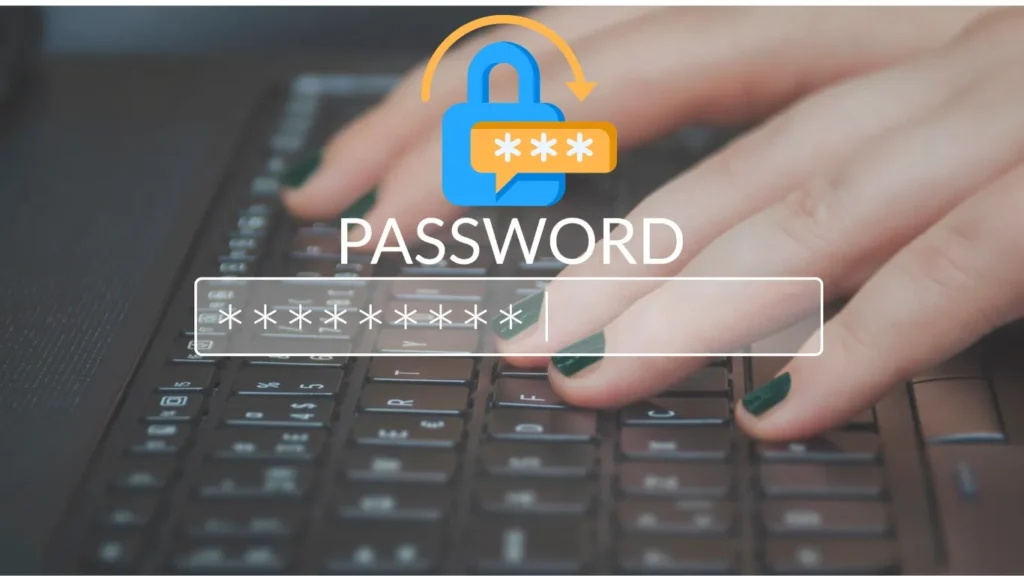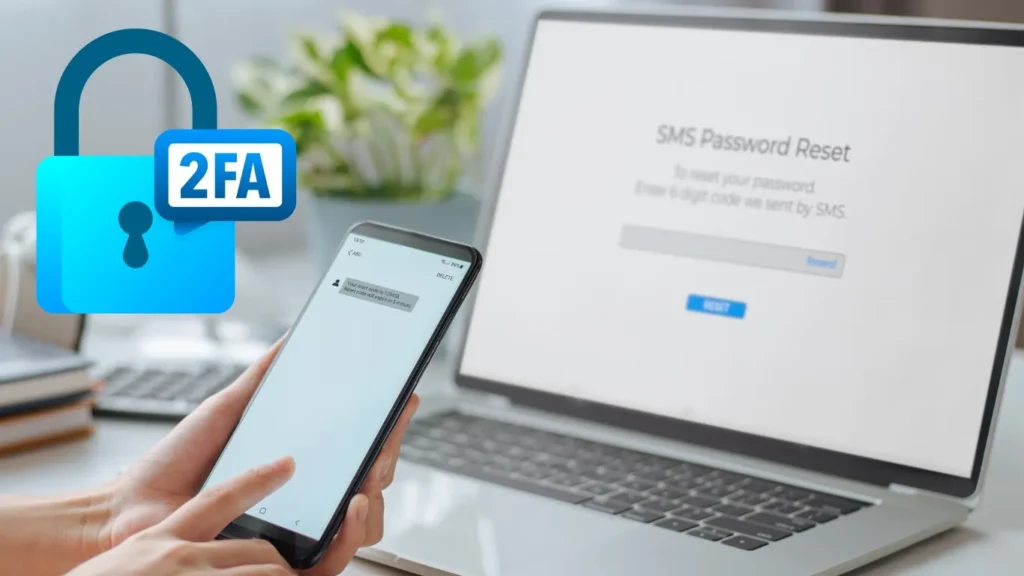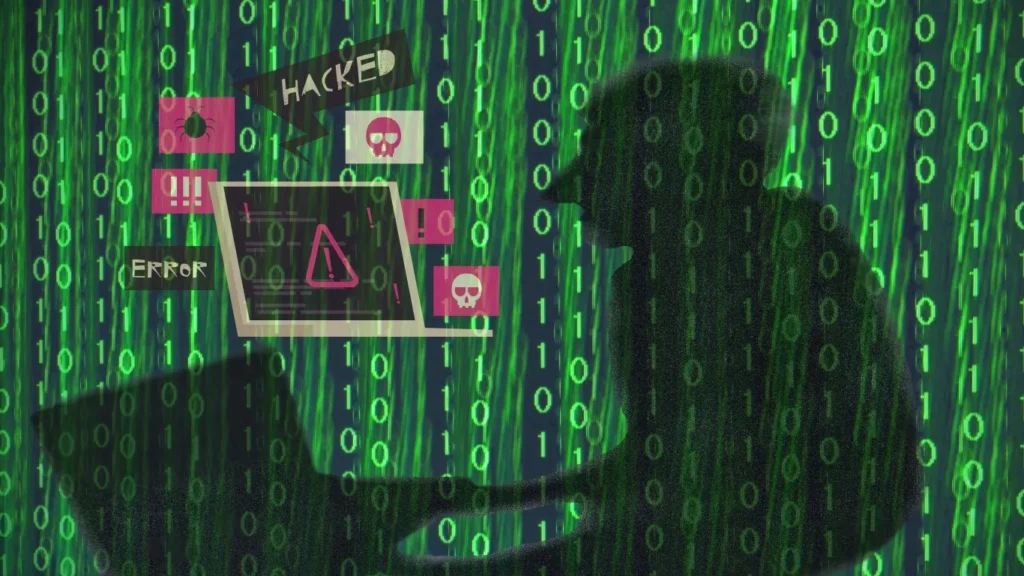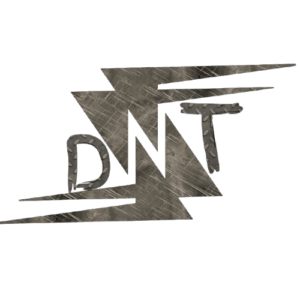You probably clicked on this because, at some point, you’ve thought:
- “Is my password actually safe?”
- “I use the same one everywhere… that’s fine, right?”
- “I don’t have anything worth hacking.”
Let’s clear that up real quick.

You do have something worth hacking
- Your email is the gateway to reset every account you own
- Your bank logins = direct access to money
- Your social media = identity, reputation, blackmail risk
- Your work accounts = major breach waiting to happen
And here’s the thing—most hacks don’t target you personally.
They target bad passwords.
Let’s fix that.
🔍 What Makes a Password Weak? (And Why It’s a Problem)
A weak password is:
- Short – under 12 characters
- Predictable – common words, dates, names
- Reused – same password across multiple platforms
- Simple – lowercase only, no special characters
- Based on personal info – birthdays, pet names, phone numbers
Real Example
A mate of mine used “Ashwin1992” for everything—email, Instagram, Netflix.
He got breached once through a random online shopping site.
Guess what? They took his email too.
Reset everything. Stole ₹40k before he could react.
Lesson: All it takes is one weak link.
🔐 What Does a Strong Password Look Like?
It’s like a lock made of steel bolts and barbed wire.
A strong password is:
✅ 14–20 characters long
✅ Includes UPPERCASE + lowercase + numbers + symbols
✅ Random (or looks random)
✅ Unique per account
✅ Unrelated to your life
Detailed Example
Let’s say you use this:
❌ “Ravi@123”
- Easy guess. Your name + basic numbers.
- Cracked in seconds using a brute force tool.
Now compare that to:
✅ “9Sp!der_Br1ckz#29L”
- 18 characters
- Has upper, lower, symbols, numbers
- Zero relation to your real life
You’ve just made a hacker’s job 10,000x harder.
🧠 How to Remember a Complex Password Without Going Nuts
Here’s how I personally build passwords I’ll remember without writing them down:
🎯 Method 1: The Sentence Code
Pick a line only you would remember.
Example:
“My sister turned 29 in April and bought a red Honda”
Turns into: Mst29iA&barH
It’s part logic, part muscle memory. Works like a charm.
🎲 Method 2: The Diceware Technique
This one’s simple but powerful.
Roll dice to pick random words from a predefined list.
Example:
“Crayon Tiger Orbit Lava Zipper”
Add symbols and caps: Cray0n_T!ger_0rb1t_L4v@Z
Insane strength. Still memorable.
🔄 Method 3: The Pattern Plus Chaos
Use a baseline pattern + custom symbols for each account.
Example pattern:
“Tree_Bark+Sun”
Then mix in the platform name in a weird way:
- Gmail:
Tr33_B@rk+Sun_GZ - Instagram:
Tr33_B@rk+Sun_IG# - Bank:
Tr33_B@rk+Sun_BK$
Just don’t use this exact example now that it’s public 😄
🔑 Password Managers – Use Them Like a Pro
Think of a password manager like your digital vault.
It stores all your complex passwords, auto-fills them, and only needs you to remember one master key.
Popular offline/secure tools:
Here you go—I’ve added the official website links for each password manager and tool mentioned, so you can check them out directly (no fluff, no affiliate nonsense).
🔐 Bitwarden
- Open-source, free version is powerful
- Syncs across devices
- Great for both beginners and advanced users
🔐 KeePassXC
- 100% offline and secure
- You control the storage
- Best for privacy-focused users
🔐 1Password
- Clean UI, family plans
- Strong focus on user experience
- Paid, but worth it if you want easy + secure
🛠️ Offline Tools & Generators
🎲 Diceware Passphrase Generator (EFF Wordlist)
- Uses physical dice + wordlist
- Creates super strong passphrases
- You can download the list and use it offline
🔧 KeePass Password Generator Tool
- Part of KeePass (works offline)
- Customisable: set length, character sets, patterns
- Ideal for creating random, high-entropy passwords

🛡️ Two-Factor Authentication Apps
📱 Authy
- Easy to use, cloud backup
- Cross-device sync
- Great for beginners
📱 Google Authenticator
- Lightweight, secure
- Works offline
- Simple, trusted
Set a master password like:W1ldFox_Bounces88!
Something you won’t forget, but no one else will guess.
Then let your password manager handle the rest.
🧱 What Happens When You DON’T Use Strong Passwords?
Let’s break this into real-world fallout:
Absolutely—let’s dig deeper into what really happens when you DON’T use strong passwords. No scare tactics—just real-world, punch-you-in-the-face truth. Because people don’t take this seriously… until it’s too late.
🔓 1. One Weak Password = Chain Reaction Breach
Most people reuse the same password (or a variation of it) across 5–10 sites.
If just one of those sites gets breached, hackers test that password everywhere.
They call it credential stuffing.
Real Example:
- You use
Ravi@123for your email, Amazon, Netflix, and Zomato. - Zomato has a breach. Your email + password leaks onto the dark web.
- A bot tests that combo on Gmail and… boom. They’re in.
Now your email is theirs, and with that they can reset everything.
You’re locked out of your own life.
🕵️♂️ 2. Identity Theft (Yes, It’s Real. And It’s Nasty)
Once hackers have your email or personal details, they can:
- Open fake bank accounts
- Apply for credit cards
- Steal your Aadhaar/PAN info (India-specific risk)
- Use your name to scam others
They’re not just stealing your money—they’re stealing you.
And good luck explaining to your bank that you didn’t take out that ₹2 lakh loan.
🧨 3. Ransomware or Malware Attacks at Work
If you’re using weak passwords at work, you’re the company’s weakest link.
A hacker only needs one entry point.
They could:
- Plant ransomware
- Lock down internal systems
- Demand lakhs or crores in ransom
- Leak sensitive client data
Companies have shut down because one employee used “Password@123”.
Let that sink in.

📉 4. Financial Loss (Yes, Even Small Password Mistakes Cost Big)
Here’s a quick breakdown:
| Weakness | Potential Loss |
|---|---|
| Reused password hacked | Bank drained, crypto stolen |
| Email breach | Total account control, identity fraud |
| PayPal or UPI access | Direct cash transfer |
| Work account | Company liability, you get fired |
| Social account hacked | Reputation destroyed, phishing scams |
We’re talking real cash. Not theoretical.
📣 5. Social Media Takeovers + Public Embarrassment
You ever see someone’s Instagram post weird crypto spam?
Yeah. That’s someone who didn’t use strong passwords or 2FA.
Hackers love grabbing high-follower accounts because:
- They look legit
- They spread scams fast
- They’re easy money flips on black markets
Sometimes they even DM your friends, pretending to be you, asking for money.
By the time you find out—it’s damage control mode.
📬 6. Emotional Toll – And Nobody Talks About This
Getting hacked messes with your head.
You feel:
- Violated
- Embarrassed
- Frustrated with platforms that won’t help fast
- Anxious that your info is out there forever
Even after you regain control, you keep looking over your shoulder.
It’s not just a tech issue—it’s mental load too.
⚠️ Bonus: You Won’t Even Know Right Away
That’s the scariest part.
Most breaches aren’t noticed for weeks.
Hackers may:
- Log in quietly
- Steal info
- Sit on your data
- Use it later or sell it
So while you’re sipping chai thinking life’s good—they’re already inside.
👇 Here’s the Real Punchline:
Weak passwords don’t get you “a little” hacked.
They get you completely compromised.
And it’s avoidable.
All it takes is:
- A few strong passwords
- A good password manager
- 2FA switched ON
Simple changes = massive protection.
✅ Checklist – Build a Foolproof Password Setup
- Use a password manager
- Generate passwords 18+ characters long
- Use random words, numbers, and symbols
- Never reuse passwords
- Enable 2FA everywhere
- Regularly update critical account passwords
- Store your master password safely
💡 Offline Tools for Strong Password Habits
These don’t need internet access, just smart use:
- KeePassXC – password vault with built-in generator
- Offline Diceware Generator – printable wordlists and dice
- Local Password Templates – build your own templates in Notepad (just encrypt the file)
🛑 Common Myths – Busted
“I’ve got nothing worth stealing.”
Wrong. Your identity alone is gold.
“I’ll just keep it short so I remember it.”
Short = weak. Use a manager.
“I haven’t been hacked yet, so I’m fine.”
Neither was anyone—until they were.
📚 Know More
Want to level up your digital safety game?
👉 Cybersecurity Basics – DayTalk.in

